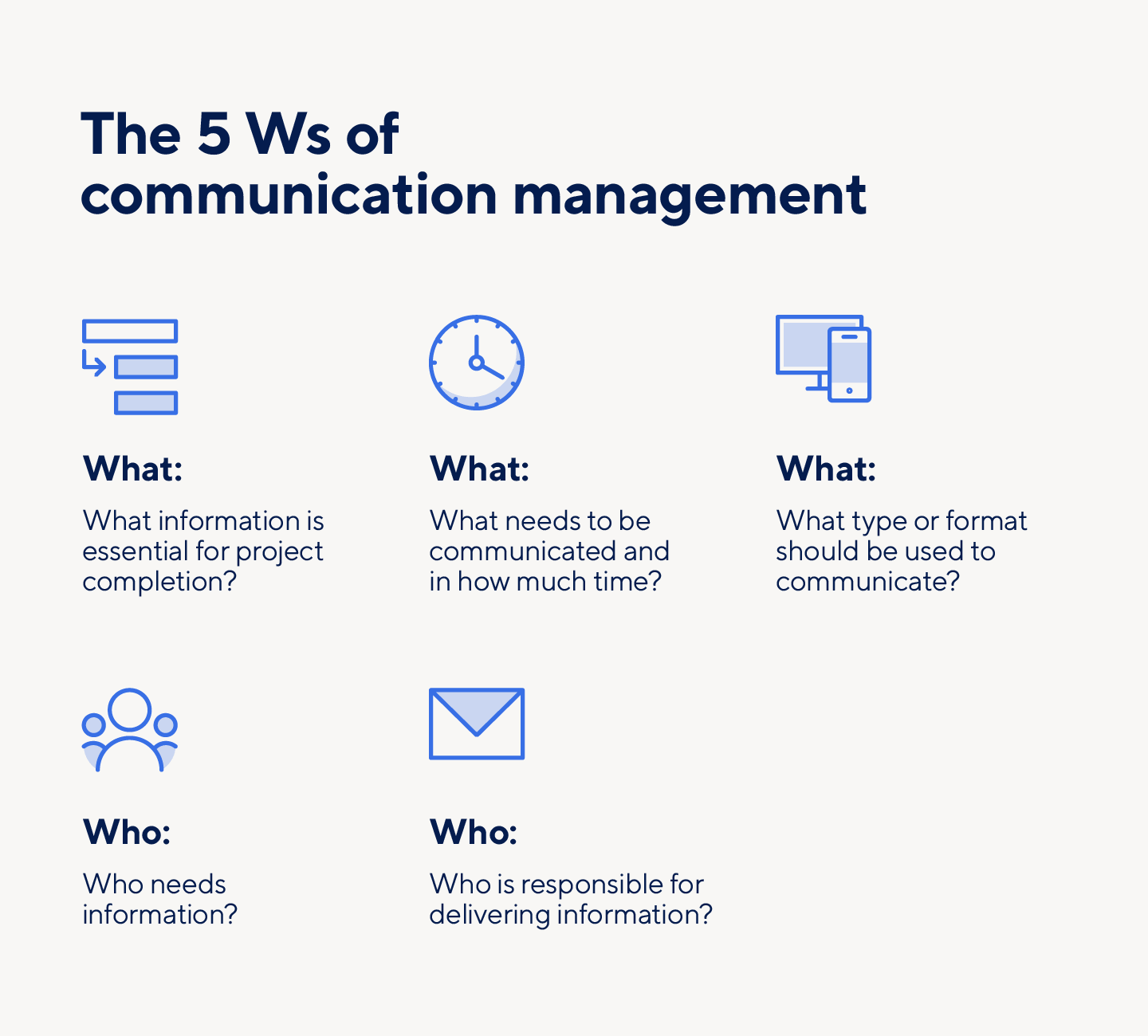
Management communication
Management communication is crucial for the success of any organization. However, traditional, formal communication styles can sometimes create barriers and hinder effective collaboration. In today’s fast-paced and dynamic work environment, a more relaxed and approachable communication style can foster a more positive and productive team environment.
This article will explore the importance of relaxed communication in management and provide practical tips for implementing it effectively.
Why is Relaxed Communication Important in Management?
1. Fosters Openness and Trust

A relaxed communication style encourages open and honest dialogue between managers and employees. When employees feel comfortable sharing their thoughts and concerns without fear of judgment or reprisal, a culture of trust and transparency can flourish. This open environment allows for better problem-solving, as employees feel empowered to contribute their unique perspectives and ideas.
2. Improves Employee Engagement
Engaged employees are more productive, innovative, and committed to their work. Relaxed communication can significantly boost employee engagement by making them feel valued and heard. When managers take the time to listen actively, show empathy, and communicate with respect, employees feel more connected to the organization and more motivated to contribute their best work.
3. Enhances Collaboration and Teamwork
Effective communication is essential for successful teamwork. A relaxed and approachable communication style breaks down communication barriers and encourages collaboration among team members. When employees feel comfortable sharing ideas and providing feedback, they are more likely to work together effectively and achieve common goals.
4. Boosts Creativity and Innovation

A relaxed and open communication environment can unleash creativity and innovation within the organization. When employees feel comfortable taking risks and experimenting with new ideas, they are more likely to come up with innovative solutions to challenges.
5. Reduces Stress and Improves Work-Life Balance
A more relaxed communication style can help reduce stress levels within the organization. When employees feel comfortable communicating their concerns and challenges, managers can provide support and guidance more effectively. This can help employees manage their workload more effectively and achieve a better work-life balance.
Tips for Implementing Relaxed Communication in Management
1. Active Listening
Active listening is a fundamental skill for effective communication. When communicating with employees, managers should actively listen to their concerns, questions, and ideas. This involves paying attention, asking clarifying questions, and demonstrating empathy.
2. Clear and Concise Communication
While a relaxed communication style is important, it’s crucial to maintain clear and concise communication. Avoid jargon and overly complex language that can confuse or intimidate employees. Instead, use simple and direct language that is easy to understand.
3. Regular and Consistent Communication
Regular and consistent communication is essential for building strong relationships with employees. Managers should schedule regular team meetings, one-on-one meetings, and utilize other communication channels to keep employees informed and engaged.
4. Encourage Open Dialogue
Create a safe and inclusive environment where employees feel comfortable sharing their thoughts and concerns. Encourage open dialogue and feedback, and actively seek input from employees on various issues.
5. Utilize Different Communication Channels
Explore different communication channels to suit the needs and preferences of your team. This could include email, instant messaging, video conferencing, and social media platforms.
6. Lead by Example
Managers should lead by example by demonstrating a relaxed and approachable communication style themselves. This includes being respectful, empathetic, and approachable to their own employees.
7. Recognize and Appreciate Employees
Recognize and appreciate employees’ contributions and achievements. This could include verbal praise, public recognition, or small rewards.
8. Build Trust and Rapport
Building trust and rapport with employees takes time and effort. Managers should make an effort to get to know their employees on a personal level and build strong relationships based on mutual respect and understanding.
9. Be Flexible and Adaptable
Recognize that communication styles and preferences can vary among individuals. Be flexible and adaptable in your communication approach to accommodate the diverse needs and preferences of your team members.
10. Continuously Improve
Effective communication is an ongoing process. Regularly assess your communication style and identify areas for improvement. Seek feedback from your employees and make adjustments as needed to enhance your communication effectiveness.
Conclusion
In today’s dynamic work environment, a relaxed and approachable communication style is essential for effective management. By fostering open dialogue, building trust, and encouraging employee engagement, managers can create a more positive and productive work environment. By implementing the tips outlined in this article, managers can cultivate a communication style that enhances collaboration, boosts creativity, and drives organizational success.
Remember, effective communication is a two-way street. It requires active listening, clear and concise messaging, and a genuine desire to connect with employees. By prioritizing relaxed and approachable communication, managers can create a workplace where employees feel valued, respected, and empowered to thrive.